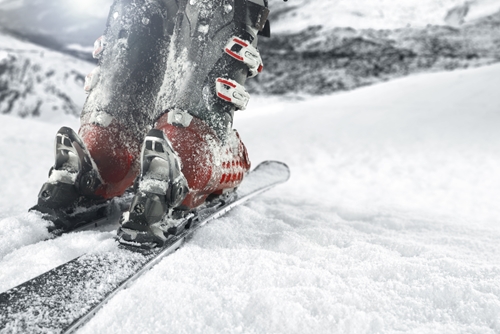

- Contributions by industrial experts with engineers in mind
- Focused on specialty-chemical material applications and selection
Knowledge Center
Urethane Adhesives for Sporting Goods Manufacturing

Urethane Adhesives for Sporting Goods Manufacturing
Urethane adhesives for sporting goods manufacturing support improved functionality and aesthetics under demanding conditions such as cold-weather environments.
The sporting goods manufacturing industry is extremely wide and varied. All types of goods are produced with hundreds of different materials, and they must withstand varied and often extreme conditions. Adhesives play an important role in the industry, allowing improved function as well as aesthetics. Modern materials like composites and plastics have necessitated the formulation of modern adhesives to allow bonding for all conditions. Urethane adhesives are extremely versatile and often used where low temperature and water resistance is needed.
What are urethane adhesives?
Urethane adhesive are either one- or two-part formulations that cure to a tough, flexible bond. One-part systems cure via moisture - usually the ambient moisture in the air and on surfaces is sufficient, and often can be handled after 30 minutes, reaching full strength in 8-24 hours. Two-part systems cure chemically, and don't require air or surface moisture, though they need to be mixed thoroughly, often in a 1:1 ratio. Heat-cure, as well as hot-melt formulations, known as PURs are also available - allowing not only the adhesive itself, but the application method to be tailored to the application. PUR hot melts provide the fast set of a hot melt with a secondary crosslinking cure. Urethane adhesives are prized for their flexibility in formulation - altering characteristics of urethanes like open-time, flexibility or rigidity of bonds, bond strength and resistances are all possible. They bond well to a wide range of materials and can bond dissimilar materials, including composites and fiber-reinforced plastics (FRP), as well as most rubbers, plastics, wood and metal.
"Urethanes are also resistant to cold temperatures, retaining flexibility and other cured properties in below-freezing temperatures."
The cured properties of urethanes are also uniquely versatile. They can be either flexible or rigid, particularly useful in the sporting goods industry where variable flexibility is needed in everything from ski-boots and snowboards to fishing poles. Urethanes are also resistant to cold temperatures, retaining that flexibility and other cured properties in below-freezing temperatures where some adhesives become brittle. Because of their trademark flexibility, urethanes also offer excellent impact resistance, again of particular importance to the sporting-goods industry. Moisture and chemical resistance are another hallmark of urethane adhesives, allowing their use in outdoor and water-intense application.
How are urethane adhesives used in the sporting goods industry?
Urethane adhesives have a wide range of applications, they are commonly used in the manufacture of snowboards, surfboards, wakeboards, jet skis and other small watercraft. They make excellent adhesives in impact-heavy applications like football and other helmets, as well as other high-use sporting goods - their flexibility allows them to stand up to heavy use and resist environmental changes. Urethanes can also be used in bonding water-sport equipment like water skis and personal gear because of their resistance to moisture. Finally, cold-weather sports make extensive use of urethanes because of their flexibility in sub-zero temperatures. Their ability to adhere modern materials like plastics used in ski boots and composites used in boards, along with their variable flexibility, makes them a perfect choice for bonding in those applications.






